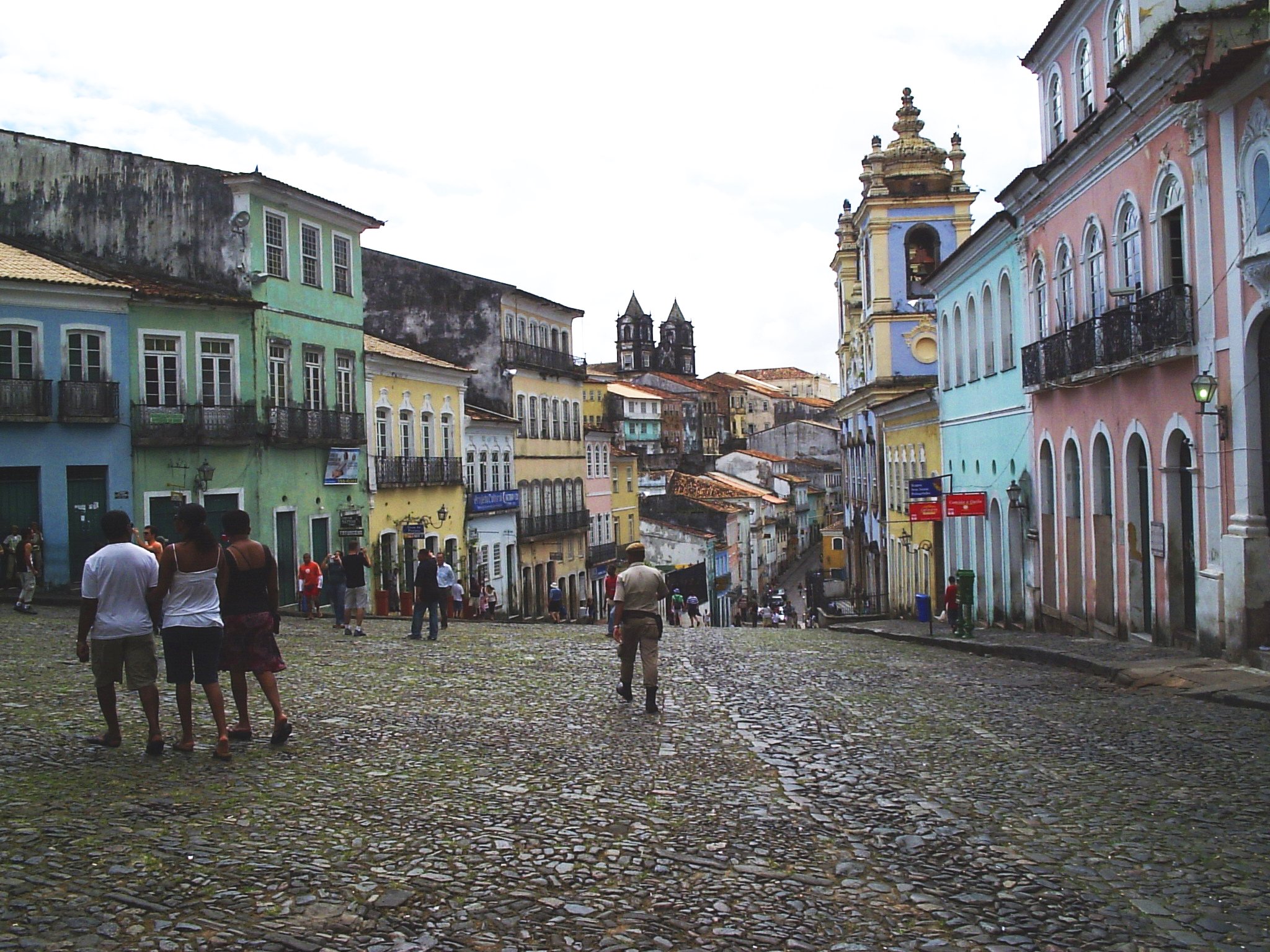Four weeks online: race, racism, and the Black experience in the Americas
15 Mar 2021
 Pelourinho Plaza, Salvador, Bahia, Brazil. Photo by Wikipedia user Sitenl (Samory Santos), CC BY-SA 3.0, via Wikimedia Commons
Pelourinho Plaza, Salvador, Bahia, Brazil. Photo by Wikipedia user Sitenl (Samory Santos), CC BY-SA 3.0, via Wikimedia Commons
Editor’s note: During the January 2021 Intersession, as part of Geneseo’s project of becoming an antiracist college, nearly a dozen faculty taught courses that either focused centrally on issues of racial justice or incorporated those issues via dedicated modules and interwoven content. Professor Medeiros’s post is the first in a series in which faculty reflect on their objectives and experience in these courses.
Contemporary cultural anthropologists such as myself must grapple with the problematic and racist legacy of our discipline’s founders who were complicit in the creation of race as a category and the normalization of racism. For me, overcoming this legacy has meant creating lessons and entire courses that contribute to antiracism efforts in our society and on our campus. In the course Race, Racism and the Black Experience in the Americas, students are introduced to the ways in which race is socially and culturally constructed not just in the United States but in countries across the Americas. They learn that although the construction of race is not universal, white privilege and the marginalization of people who are racially marked as “Black” exists in sociocultural contexts throughout North, Central, and South America and the Caribbean.
In learning about the experiences and perspectives of Black people in different contexts, students start to recognize the ways in which the legacy of colonialism, slavery, and scientific racism continues to endure and manifests in systemic racism and structural violence. Students also learn about local and transnational Black social movements that work to address systemic racism. The course was also designed to help students draw connections between the course content and their own efforts at becoming antiracist and transforming Geneseo into an antiracist campus. From the course introduction module, where antiracism is introduced, to the content of future modules and assignments, students are asked to consider the ways in which what they are learning can be applied on their campuses and in their lives.
After teaching this course in person as part of Geneseo’s study abroad programs in Brazil and Cuba, transforming it into an online course required me to think of ways for students to learn the material and from one another without the transformative experience of being in a small group in a foreign country. One strategy that worked surprisingly well was to put students into small discussion groups (5-7 students) and require them to post to discussion boards at the end of each module. I gave the students very specific guidelines for posting. Their initial post had to include introductory sentences referring to the assigned reading and films, and then a discussion question. Students were required to then respond to the discussion questions posted by their group members.
Lastly, students were required to comment on their group members’ responses to the question they posted to complete the exchange. I was pleasantly surprised by the richness and depth of the discussions the students had. They posed interesting questions and were respectful and thoughtful in their exchanges. Many of the students described how what they were learning in the course would influence their interactions on campus and in their future careers. While discussion boards are no replacement for in-person dialogue, they were a good substitute. For some students who may not have been comfortable with participating actively in in-person discussions, the discussion board posts afforded them the opportunity to engage with their classmates on issues and topics that are often uncomfortable for students to discuss.
In an ideal scenario, this course would be taught over the course of a regular semester, with more opportunities for in-person discussion on the course material, current events, and Geneseo’s campus climate. However, considering that this course was taught remotely over a 4-week period I was impressed by the students’ engagement with the material and ability to apply it to their own experiences and Geneseo’s context through their discussion board posts. In some ways, the intensity of a four-week intersession during which they were fully committed to the course, without other courses competing for their time, facilitated their dedication to the course’s materials and goals.
